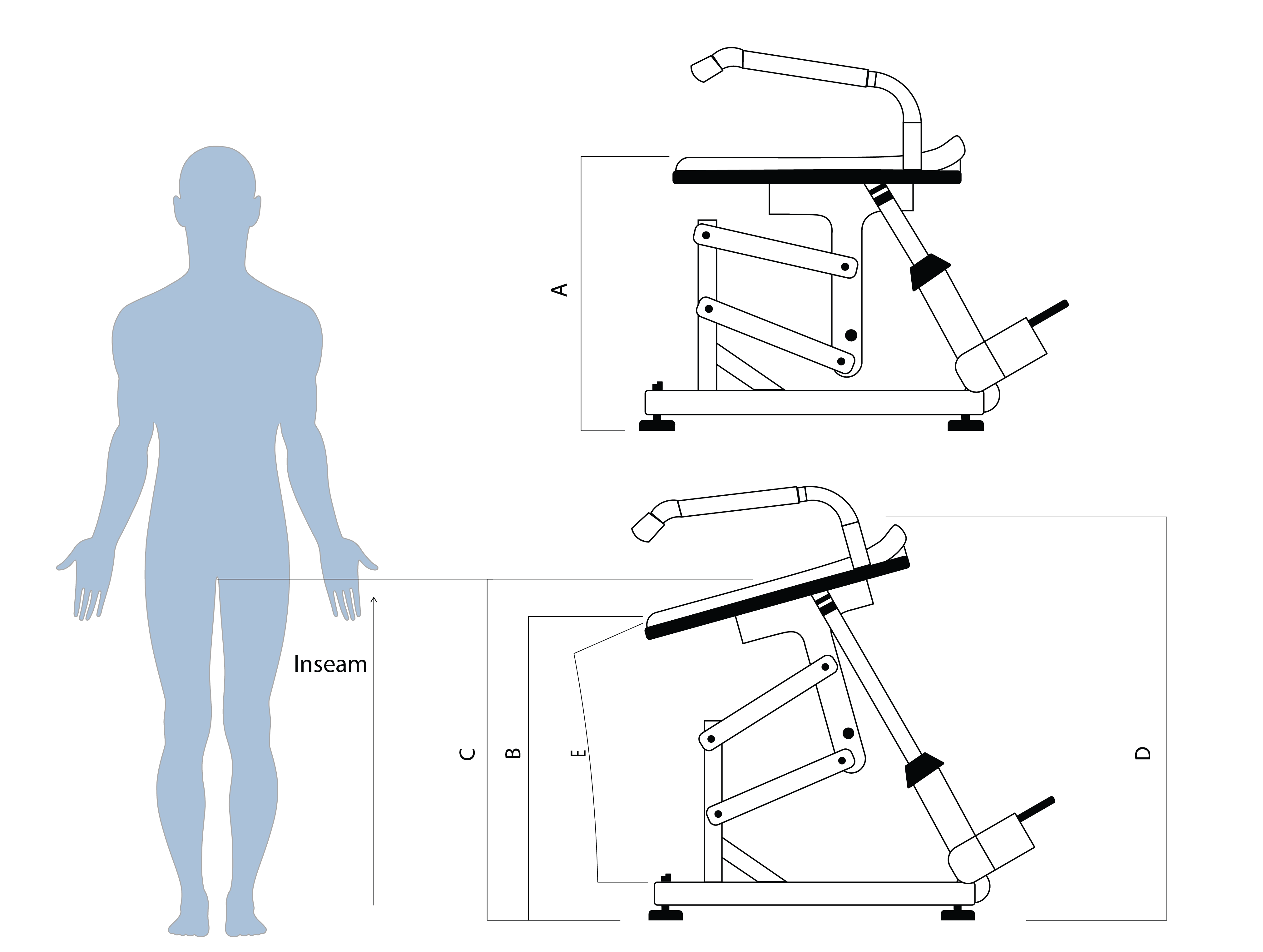Don’t Let Your Lift Leave You Stranded – A Guide to Choosing the Right Power Toilet Lift
06/29/2023
For over 15 years, a handful of manufacturers have pioneered the development of power toilet lift technology, including LiftSeat, EZ Access, Stand-Aid, and Mountway (UK). Now, there are many more toilet lift products available, with an increasing number being manufactured in China. Many of these products are identical but imported and sold under different brand names. Several new products, such as Dignity Lift, Journey Lift, and Kmina Lift, are all currently sold online appearing as unique products but are in fact manufactured in the same plant.
With all these new options, it’s difficult for consumers to choose the right lift. We put together this guide to help you make an informed decision using comparative data, so you aren’t left stranded with a lift that doesn’t work for you.
Reliable Customer Support and Build-Quality
Do you want to be able to get in touch with someone when you have a question or issue with your toilet lift? If you purchase your toilet lift from a US-based manufacturer vs. a company that is only importing and branding product (vs making it), it will be a lot easier to get in touch with a company representative. You can also trust that the build-quality of a US-made lift will be top-notch. Typically, higher quality products also come with better warranties. Look for a US-made lift that has at least a 2-year warranty.
Lift Engineering and Functionality – Lift Height, Seating Height, Tilt Angle, and Rise time
There are 4 key features to consider when deciding which toilet lift is right for you: lifting height, seating height, tilt angle, and rise time. All of these are very important to consider if you have limited mobility, especially if you are suffering from a neuromuscular disease.
Lifting Height
Lifting height refers to how far the lift raises up and is what most people look at when purchasing a lift. The lift should raise high enough to return you to a fully standing position. To make sure you get a lift that raises you fully to a standing position, you need to match your inseam to the lifting height at the buttocks, as shown in Figure 2.
Most lifts go high enough to raise shorter individuals to fully standing, but taller individuals (6 ft or greater, with an inseam greater than 34 inches) will need a lift that goes up to at least 34 inches high at the buttocks position. The LiftSeat Independence II and Independence IV models have the highest lifting height, as measured from lifting height at the buttocks. The Dignity, Journey, Kmina Lifts raise about an inch less at the buttocks position than the LiftSeat products.
It is also important to note that not all toilet lifts measure lifting height the same way. When a lift tilts (which is a feature many people opt for), you can get 3 different measurements - one from the front of the seat (which will be lower), one from the middle of the seat (which is the best measurement because it’s a more true representation where the user rests on the seat) and one at the back of the seat (which will be the highest). Figure 1 shows the various heights of lifts available on the market.
The overall height of these lifts can also be adjusted to raise maximum lifting height. LiftSeat has the most customizable height, with the ability to lift a person upwards of 36 inches or more if necessary. Be sure to ask a company representative about adjusting the overall height and how that translates to lifting height. A reputable company representative should easily be able to answer this question.
Figure 1:
Comparison of Key Toilet Lift Features

Figure 2:
How To Correctly Measure and Fit a Toilet Lift

Seating Height (When Toileting)
Another important factor when determining the optimal lift is seating height when toileting. This refers to the lowest seating position of your lift and is especially important for shorter individuals. To ensure your feet don’t come off the floor when raising the lift, it is important to balance the shortest seating height with a proper lifting height (one that corresponds to the inseam measurement and allows the person to reach a fully standing position). The LiftSeat Independence I has the lowest seating height on the market at 18 inches, to comfortably accommodate shorter individuals. The next lowest lift only goes down to 19 inches, which is not ideal for people shorter than 5’5” in height (or who have an inseam less than 28 inches).
Lift Angle
The next important feature is lifting angle. Lifts can either operate by moving straight up and down or they can raise at an angle to mimick the natural sit-to-stand motion. Most individuals prefer the angled lift over the straight up and down, but the amount of angle is important too. If the angle is too great on the lift (greater than 20 degrees), the individual will be forced to use their leg muscles (quadriceps) to keep them in place when being raised on the toilet. This is not comfortable and can be unsafe for individuals with lower body weakness.
For perspective, the Consumer Product Safety Commission's (CPSC) Public Playground Safety Handbook gives the following guidance for toddler slides: “No section of the slide chute should have a slope greater than 30°.”1 There are a few lifts on the market (refer to Figure 1 for specific models) that have tilt angles of over 30 degrees, meaning they are steeper than the recommended slide angle when in their fully tilted position. Users of a lift this steep could slide down the seat, leading to discomfort, strain on the quad muscles, and skin irritation/tears, especially in individuals with delicate skin.
Rise Time
All toilet lifts on the market rise and lower slowly. However, if the lift is too slow, there are a couple problems that could arise. First, if the lift lowers too slowly, people may not be able to wait long enough to start using the bathroom, which can result in a big mess. Secondly, if the lift takes too long to raise or lower, it can cause additional leg strain and even cut off blood flow, causing the user’s legs to fall asleep. In Figure 1, you can see the longest raising and lowering time for all the products is 46 seconds, which is too long and could result in the problems above. The LiftSeat Independence 1 has the fastest rise time of 12 seconds, minimizing risk of accidents and blood flow disruption.
Bottom Line
There are some additional power toilet lift features worth considering as well (such as bidet functionality for hands-free cleaning and retractable handlebars to make side-transfers easier), but the features discussed above make up the core functionality of the lift and should be paramount when making a large purchasing decision such as this.
In addition to these key functions, you should also consider the company you are purchasing the lift from. Lift companies that manufacturer their own products in the US generally offer better customer service, warranties and return policies.
| For a downloadable guide to choosing a power toilet lift, click here. |
Bottom line? Take the time to do your research before buying a toilet lift. This is a piece of equipment that you will use every day, multiple times per day, so you want it to be right. Write a list of questions (using the information above), go to the company website and get in touch with someone from the company. If you can’t speak with a real person, don’t risk it - find a company who makes a dependable product and has dependable people who won’t leave you stranded.
References:
1. Office of Compliance & Field Operations, Public Playground Safety Handbook (2015). Bethesda, MD; U.S. Consumer Product Safety Commission. Retrieved June 26, 2023, from https://www.cpsc.gov/s3fs-public/325.pdf
This content is not intended to be a substitute for professional medical advice, diagnosis, or treatment. Always seek the advice of your physician or other qualified health provider with any questions you may have regarding a medical condition.